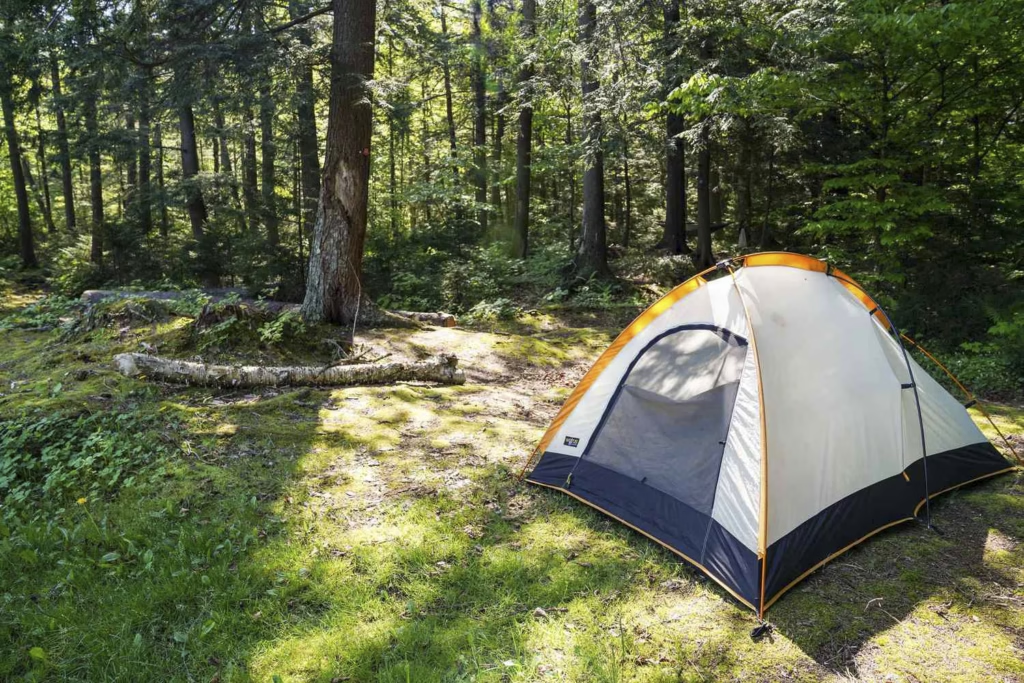Planning a camping trip can be exciting, but the key to a stress-free outdoor adventure is organization. Whether you’re a seasoned camper or a first-timer, staying organized helps you make the most of your experience. Here’s a comprehensive guide to organizing for a camping trip so you’re prepared, comfortable, and ready to enjoy nature.
1. Make a Camping Checklist
The first step to staying organized is creating a detailed checklist of everything you’ll need. A well-thought-out list ensures you don’t leave behind essential items. Here are some key categories to consider:
• Shelter and Sleeping Gear:
• Tent (with stakes and rainfly)
• Sleeping bag
• Sleeping pad or air mattress
• Pillow
• Tarp or groundsheet
• Clothing:
• Weather-appropriate layers (e.g., jacket, thermal wear)
• Rain gear
• Hat and gloves (for cold weather)
• Comfortable hiking shoes or boots
• Extra socks and underwear
• Cooking Equipment:
• Portable stove or campfire supplies
• Fuel or matches/lighter
• Cookware (pots, pans, utensils)
• Reusable plates, cups, and cutlery
• Cooler and ice packs
• Food and snacks (pre-planned meals)
• Personal Items:
• First aid kit
• Hygiene products (biodegradable soap, toothbrush, etc.)
• Sunscreen and insect repellent
• Towels and wipes
• Medications
• Camping Essentials:
• Flashlight or headlamp (with extra batteries)
• Multi-tool or knife
• Maps, compass, or GPS
• Water bottles or hydration system
• Trash bags (leave no trace!)
2. Pre-Pack Your Gear
Packing ahead of time will save you from last-minute stress. Lay out your gear and group items by category (sleeping gear, cooking supplies, clothes, etc.) to see what you’re missing. Invest in gear bins or dry bags to organize items and keep things waterproof. Labeling bags or bins will help keep your campsite tidy and make items easier to locate.
3. Plan Your Meals in Advance
Meal planning is crucial for keeping your camping experience fun and simple. Here’s how to organize your camping meals:
• Create a meal plan for each day, including snacks.
• Pre-cook and freeze meals like stews, chili, or pasta sauces. They’ll stay fresh longer and just need reheating.
• Keep ingredients organized by day and meal in reusable containers or ziplock bags.
• Don’t forget the basics like condiments, salt, and cooking oil.
4. Organize Your Campsite Layout
Once you arrive at your campsite, setting it up efficiently will make your stay more enjoyable.
• Set up your tent in a flat, dry area and secure it well.
• Create a dedicated kitchen area with your stove, food storage, and dining supplies. Use a camp table if available or a tarp to keep things clean.
• Establish a gear storage zone for backpacks, shoes, and extra clothing. Keep items you’ll use frequently within reach, and store food in a bear-proof container or hanging system if necessary.
5. Pack Smart for Your Activities
Think about the activities you’ll be doing—whether it’s hiking, fishing, swimming, or just lounging around—and pack accordingly. Organize your day packs with essentials like water, snacks, a first aid kit, and navigation tools for hiking. This way, you’ll be prepared without having to dig through all your gear.
6. Keep it Clean
Organizing for camping also means staying clean and environmentally conscious:
• Bring trash bags to pack out all your garbage.
• Use biodegradable soap for cleaning dishes and yourself. Set up a designated washing station away from streams or lakes.
• Stick to the Leave No Trace principles: clean up your campsite, respect wildlife, and minimize your impact on the environment.
7. Prepare for Weather and Emergencies
Nature can be unpredictable, so always be prepared for changes in weather or emergencies:
• Check the forecast before leaving and pack extra gear for unexpected weather (e.g., rain gear, sun protection, or an extra blanket).
• Have a first aid kit readily available and ensure everyone knows where it is.
• Keep communication tools like a fully charged phone or satellite messenger for emergencies, especially if you’re camping in a remote area.
8. Pack the Car Efficiently
Loading your vehicle efficiently will make unloading at the campsite easier:
• Place frequently used items (like tents or day packs) towards the top for quick access.
• Keep your cooler and food items accessible, especially if you’re driving long distances and need a snack on the road.
• Use soft bags for clothes and gear to maximize space, and pack heavier items at the bottom.
Conclusion
Organizing for camping may take some time upfront, but it pays off with a smooth, enjoyable outdoor experience. This guide to organizing for a camping trip help you to prepare with a checklist, pre-packing, planning your meals, and staying tidy at the campsite so you’ll be able to fully enjoy the beauty and relaxation of camping in nature. Happy camping!



